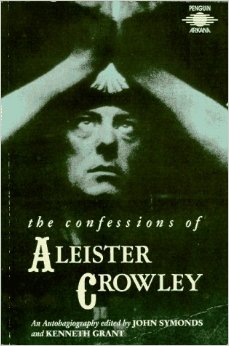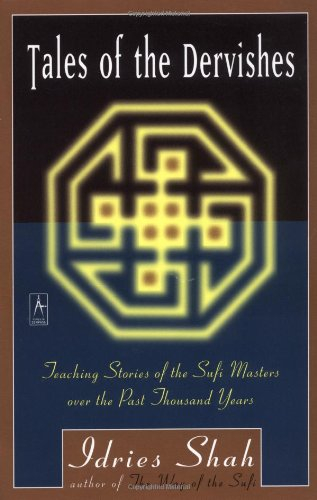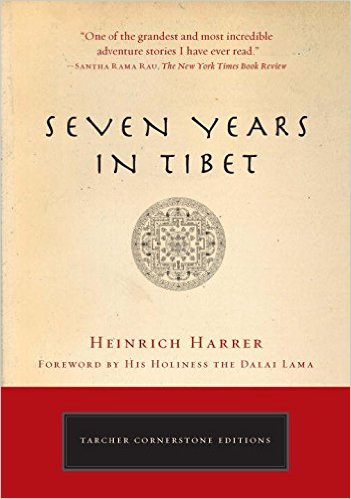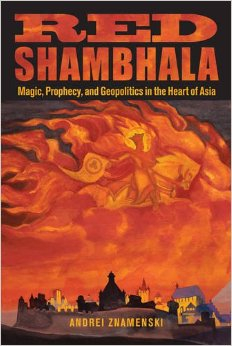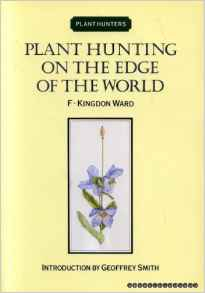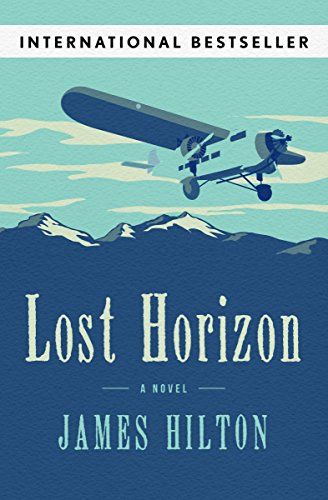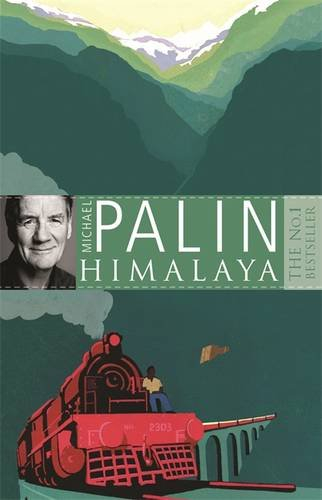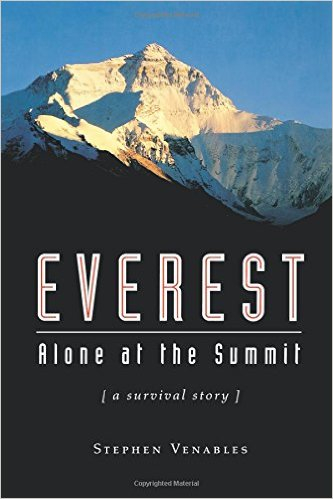People like to travel to the Himalayas and write about what they have seen and experienced (and make it up if the reality has been a little disappointing). For my book White Mountain: Real and Imagined Journeys in the Himalayas, I read hundreds of books - some skimmed, some poured over and reread several times.
After a while, I was pretty sick of reading about the Himalayas. This has worn off - kind of - but below are those I would go back and read again.
1. ‘Seven Years in Tibet’ by Heinrich Harrer
This is such a strange book, even if, on the surface it presents a kind of attractive peasant naivety. It tells of Harrer’s escape from a British PoW camp in India near the end of the second world war. (He knew Germany had lost, so escaping was an existential choice rather than a practical one.)
He went over the Himalayas and into Tibet, which was very much a closed country at the time. The adventures and indignities that Harrer suffers makes his book great reading, and it just gets better and better when he meets the current Dalai Lama, then a teenager, and becomes his teacher.
2. Tales of the Dervishes by Idries Shah Shah
Shah, of Afghan descent, was born in Simla in the Himalayas and travelled extensively in Afghan, Pakistan and Indian mountain regions, collecting tales and stories, most notably the jokes of Mulla Nasrudin.
His purpose was not only folkloric or academic; Shah sought to extract the living truths often encapsulated in traditional tales, and Tales of the Dervishes provides a good selection of such stories about Himalayan people.
3. The Confessions of Aleister Crowley
The routes he essayed up K2 and Kanchenjunga proved to be the final routes chosen in the successful ascent of those mountains. Crowley never got to the top of either, although he made it to around 25,000ft - a creditable performance for someone climbing in 1902 in tweeds and nailed boots. But beware, he was apt to fib - his claim that he invented crampons is not to be believed.
4. Lost Horizon by James Hilton
The must-read novel for any visitor to the Himalayas that yarns about the fabled kingdom of Shangri-La. Hugh Conway, our protagonist and a first world war veteran, hears of a place where people do not age and he’s off.
Inspired, to some extent, by the writing of explorer Joseph Rock, Hilton manages the tricky task of writing about peace and contentment without losing a narrative edge.
5. Everest: Kangshung Face by Stephen Venables
One of the most outstanding high-altitude climbers in the world, Venables shot to fame with his first ascent of Everest by the Kangshung face in 1988 without supplementary oxygen. Everyone on the commercial climbs up Everest now take the much easier south-west and north-east routes, and all of them use oxygen. Even Reinhold Messner, who made the first oxygen-less ascent of Everest in 1978, used a route that had been climbed before.
The Bravo Two Zero school of writing, which has infected all adventure sports, is not apparent here. Venables - bespectacled, learned, self-effacing, madly daring - is the poster boy of all who believe climbing is more than just brute force and pitons.
6. Lost in the Himalayas by James Scott
With inadequate gear, no food and a poor plan, Scott ended up lost in the Nepalese Himalayas in winter for 43 days, until the efforts of his sister and several Buddhist monks enabled him to be found.
Taking courage from the fact that IRA member Bobby Sands lived for more than 60 days without food on a hunger strike, Scott drinks melted snow water and comes to many revelations about life and death. A moving and inspiring book.
7. Nanda Devi by Hugh Thompson
A fascinating account of a journey to the forbidden peak of Nanda Devi. Hugh Thompson combines this travel narrative with information about the strange events that have occurred on the peak, including a nuclear-powered transmitter lost there by the CIA, the strange death of climber Willi Unsoeld’s daughter (prophetically named Nanda Devi Unsoeld), and the early attempts to crack the impregnable “citadel” by the legendary climbers Eric Shipton and Bill Tilman.
8. Plant Hunting on the Edge of the World by F Kingdon-Ward
Frank Kingdon-Ward was the great plant hunter of the eastern Himalayas. In appalling conditions of rain and leech-filled jungle mud, he set about collecting thousands of plants that have now been successfully grown around the world.
He met my grandfather, an army engineer, in Nagaland on the Burmese-Indian border. “Good man,” my grandfather said. “Knows his onions.” (That was the highest praise he gave.)
9. Red Shambhala by Andrei Znamenski
An engrossing historical read about how Himalayan-inspired mysticism penetrated to the highest levels of Stalin’s oppressive secret police.
The story begins in the whacky days after the revolution where every idea was entertained - at least for a while - by the new communist government. The attempts to convert Tibet into a Buddhist-communist stronghold make for salutary and intriguing reading.
10. Himalaya by Michael Palin
He covers a lot of ground - physically and also in the books and references he manages to cram in. Still very enjoyable 12 years after it was first published.
— Guardian News & Media Ltd.


